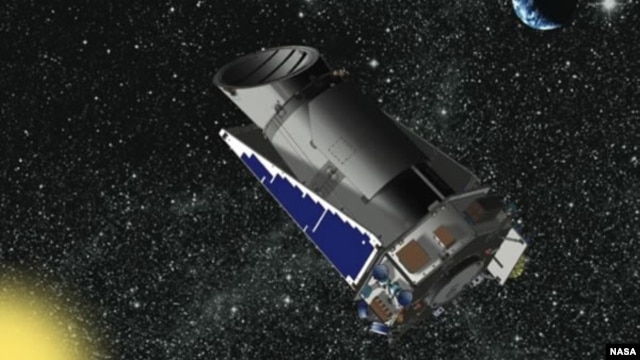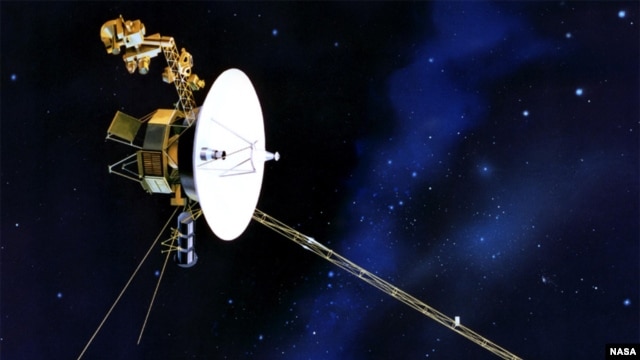ScienceRocks
Democrat all the way!
- Banned
- #1
Alien Planet Haul: NASA Space Telescope Spots 41 New Exoplanets
Exoplanet Haul: 41 New Alien Worlds Found | Space.com
by Charles Q. Choi, SPACE.com Contributor
Date: 20 August 2012 Time: 02:28 PM ET
Exoplanet Haul: 41 New Alien Worlds Found | Space.com
by Charles Q. Choi, SPACE.com Contributor
Date: 20 August 2012 Time: 02:28 PM ET
NASA's Kepler mission is searching for Earth-like planets by looking for them to cross the face of alien stars.
CREDIT: NASA
Astronomers have discovered 41 new alien planets in one sweep by analyzing how each world gravitationally yanks on its neighbors.
The newly confirmed exoplanets were spotted by NASA's prolific Kepler space telescope, which has detected more than 2,300 potential alien worlds since its March 2009 launch. The new finds, announced in two separate papers, bring the number of verified Kepler worlds to 115 and the total exoplanet tally to nearly 800.
"Typically planets are announced one or two at a time — it's quite exceptional to have 27 announced in a single paper, or 41 in two," said Jason Steffen, an astrophysicist at the Fermilab Center for Particle Astrophysics in Batavia, Ill. Steffen is lead author of one of the studies.
"It goes to show how rich the Kepler data are and how useful these new methods can be," Steffen told SPACE.com. [Gallery: A World of Kepler Planets]
Kepler flags exoplanet candidates via the transit method, which looks for dips in a star's brightness caused by a planet crossing in front of it. Confirming these candidates can be a tricky and laborious process, however, requiring follow-up observations by ground-based instruments or further analysis of Kepler's data.
Two independent teams of researchers took the latter tack to confirm the 41 new alien planets. They delved deep into the telescope's observations, studying how each world's gravity tugs on its sibling planets. These slight pulls cause regular variations in the planets' orbits, affecting when they cross in front of their stars




